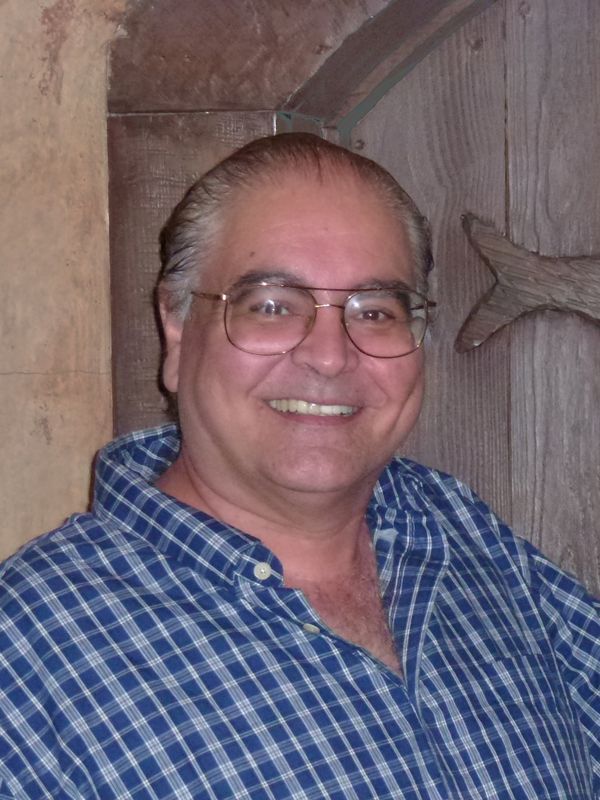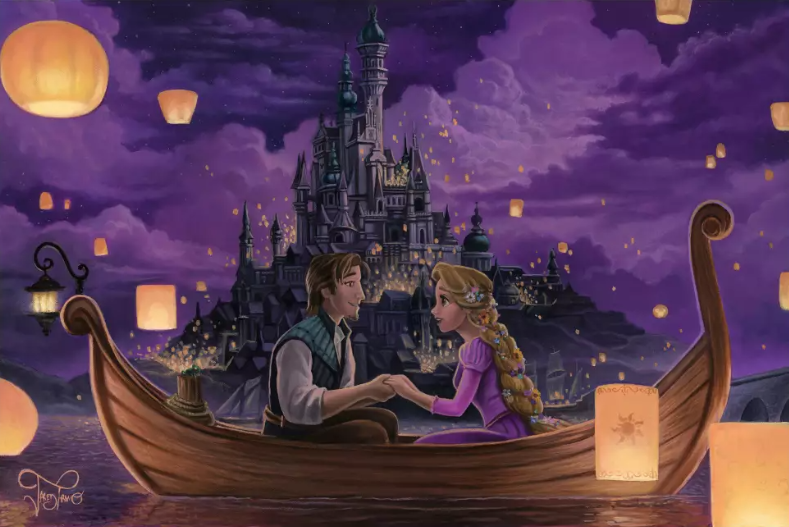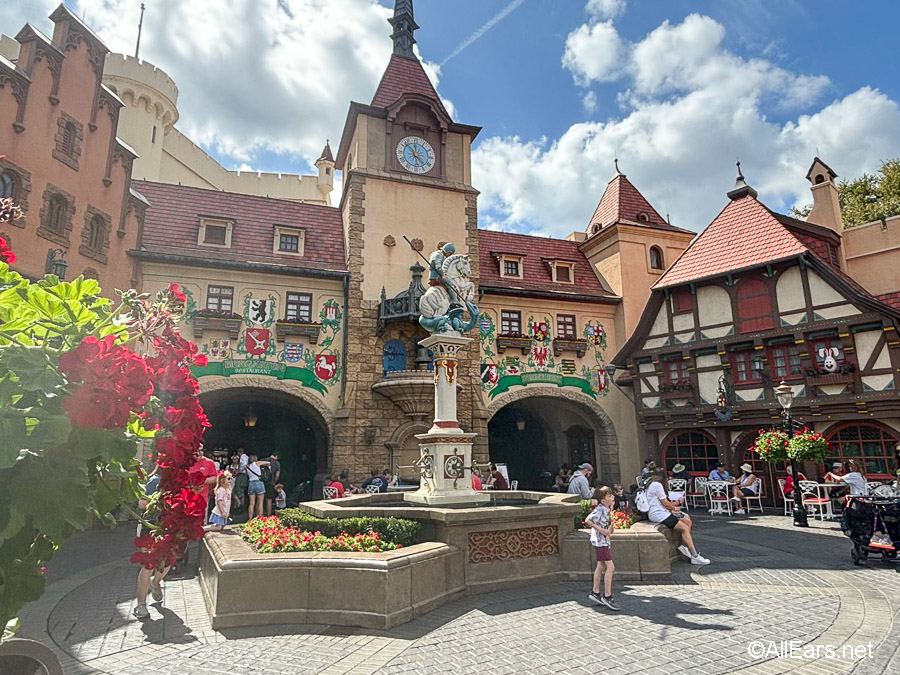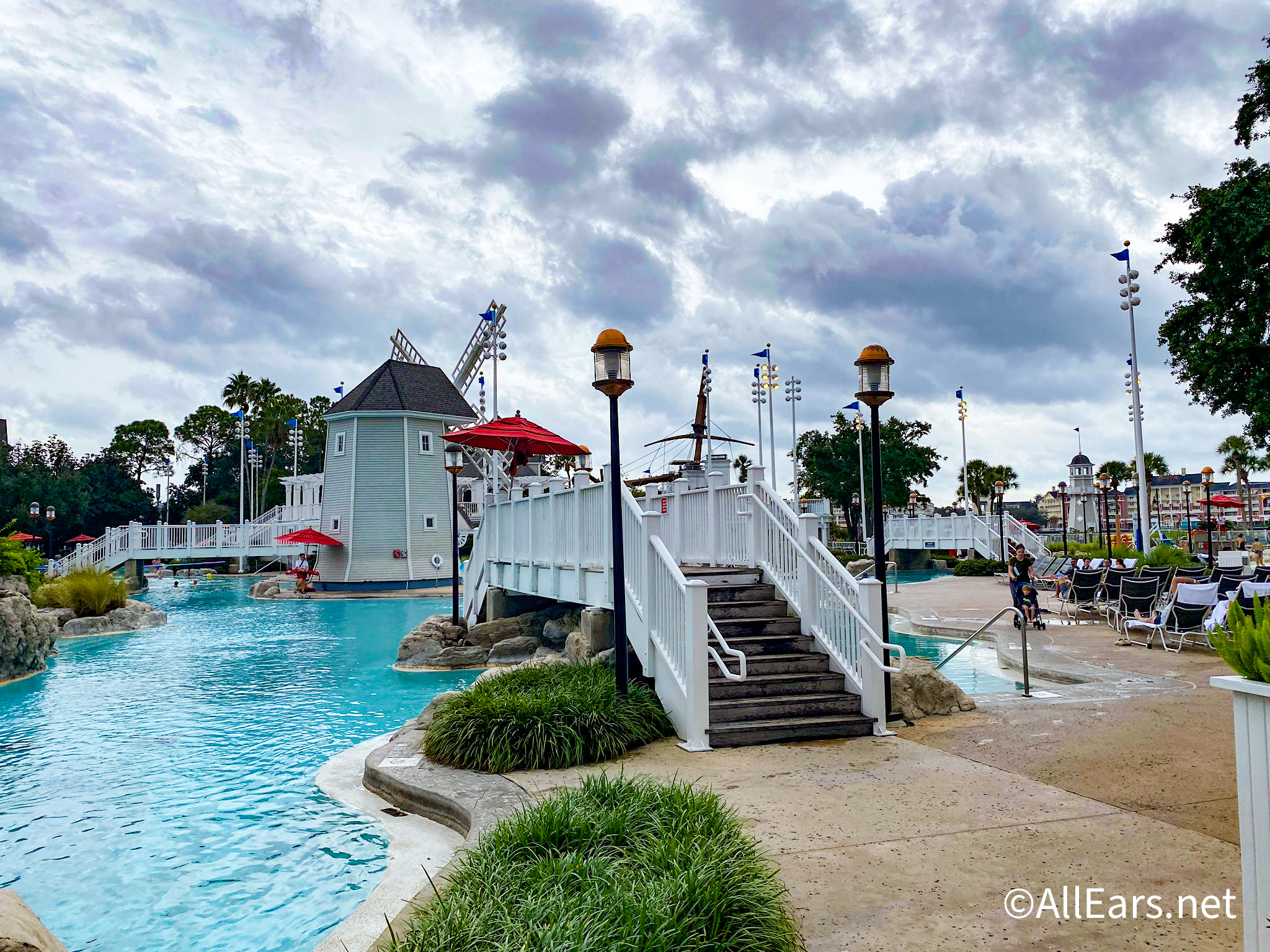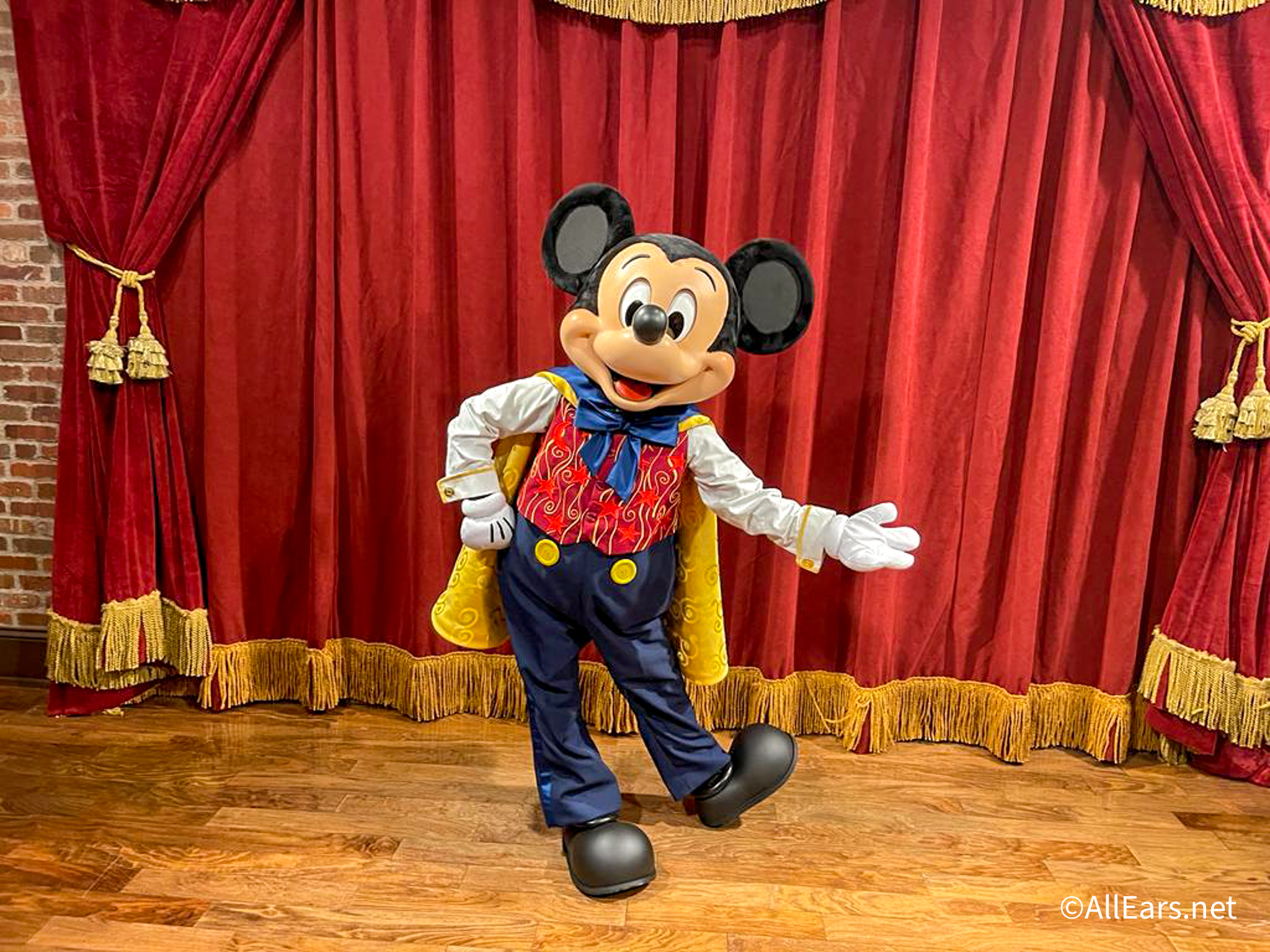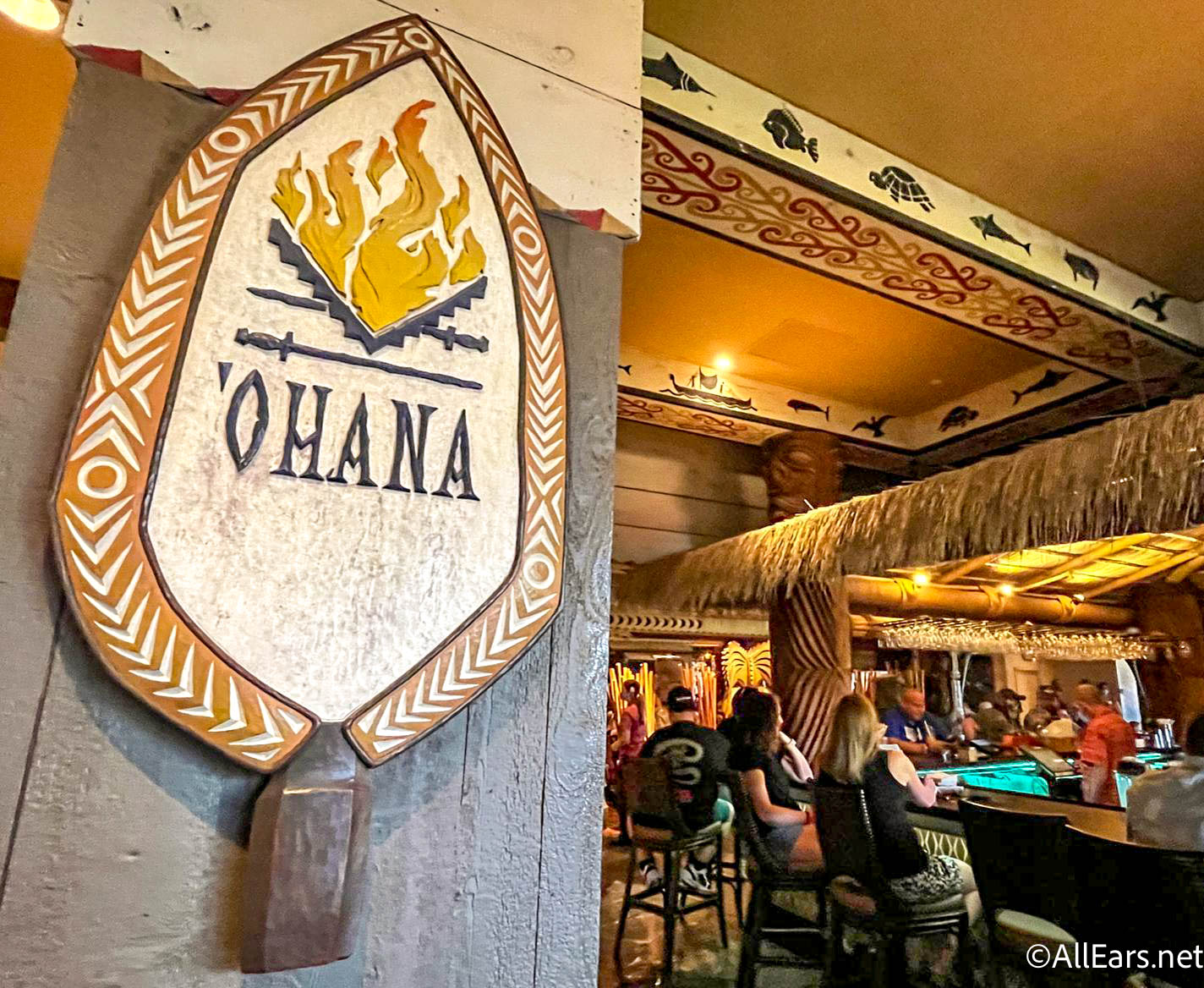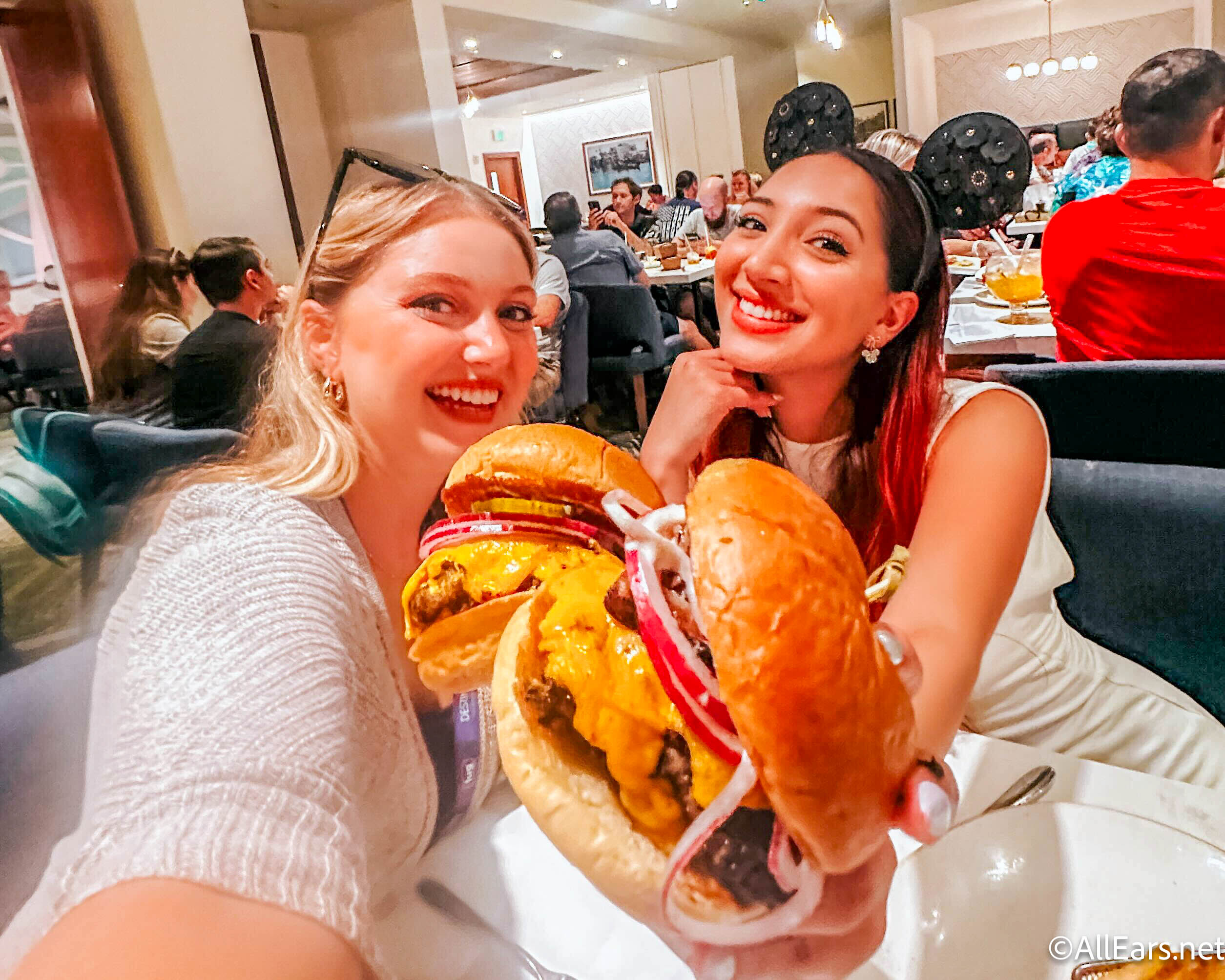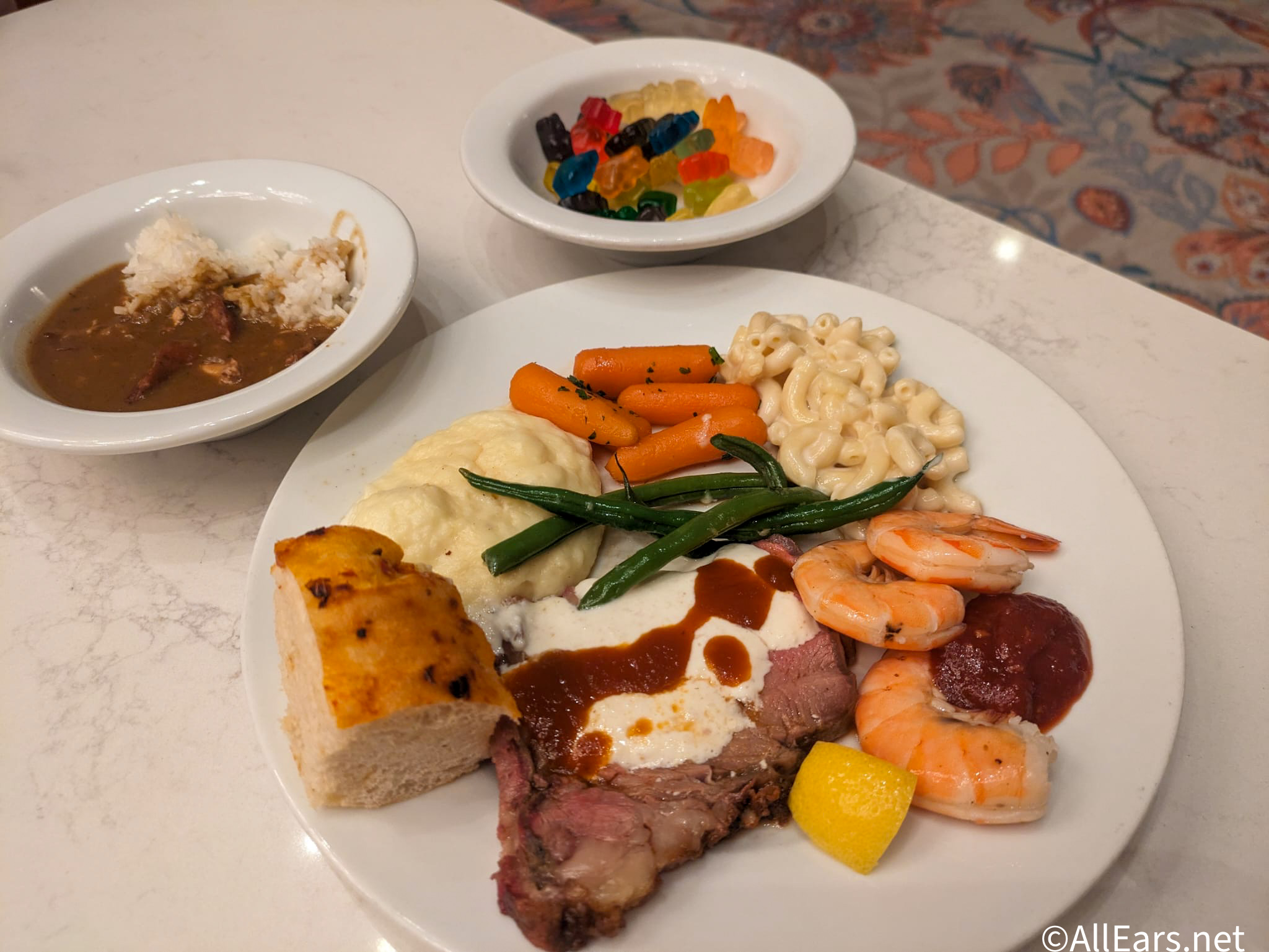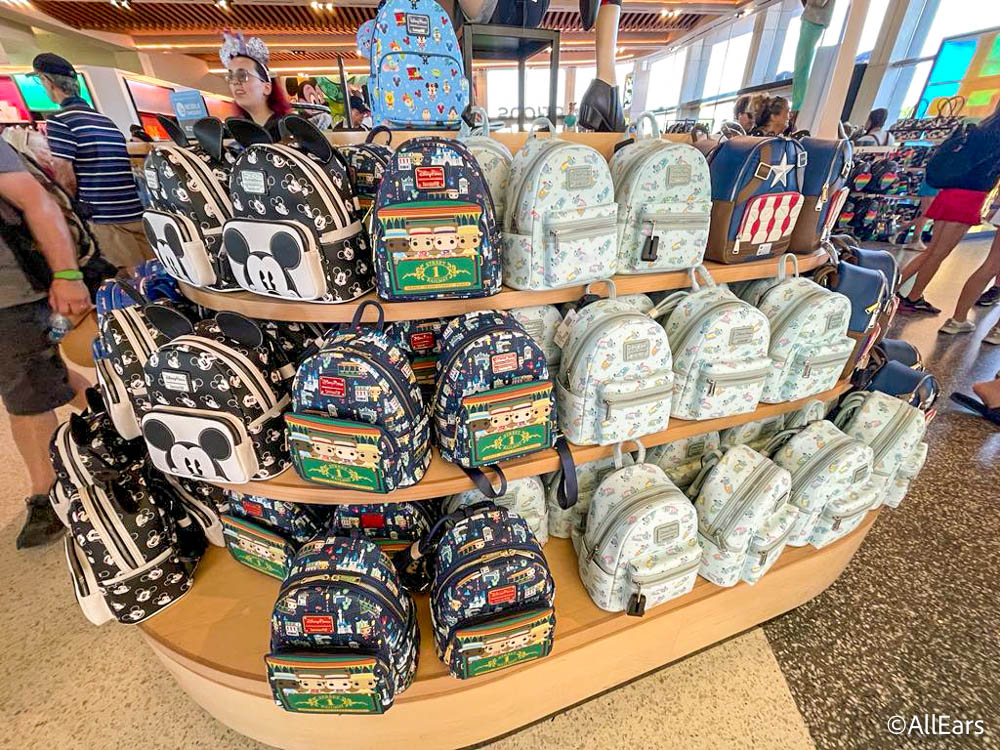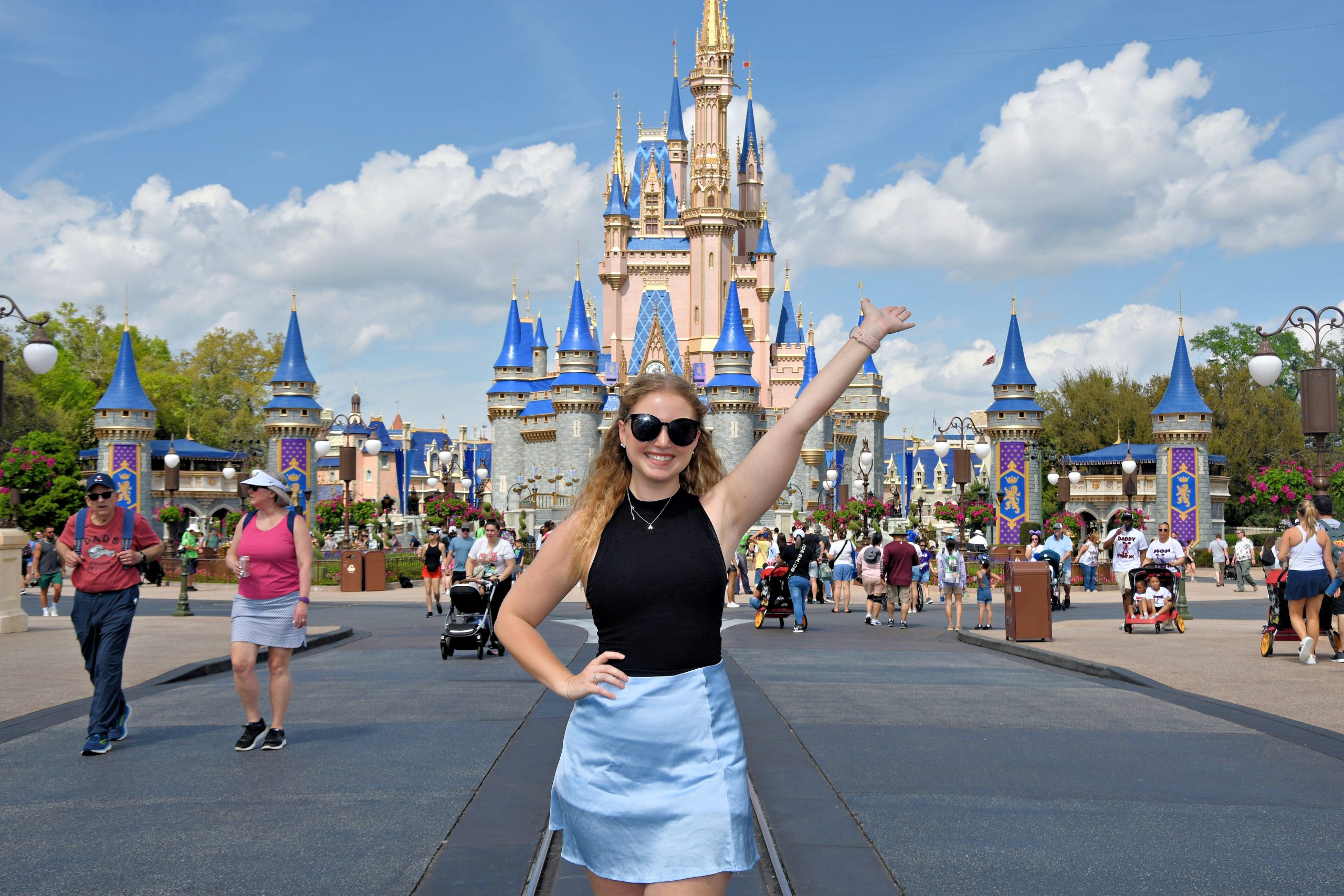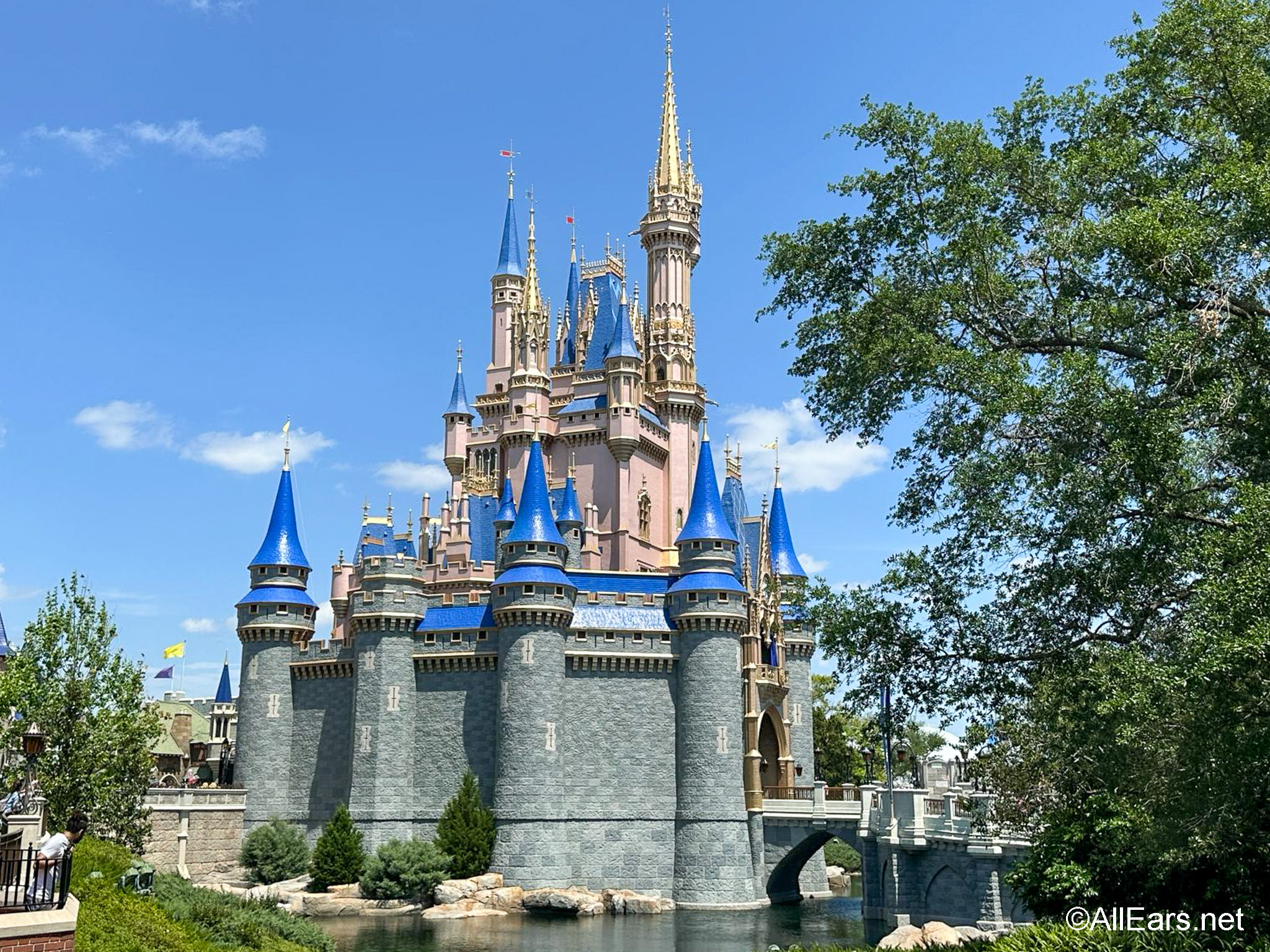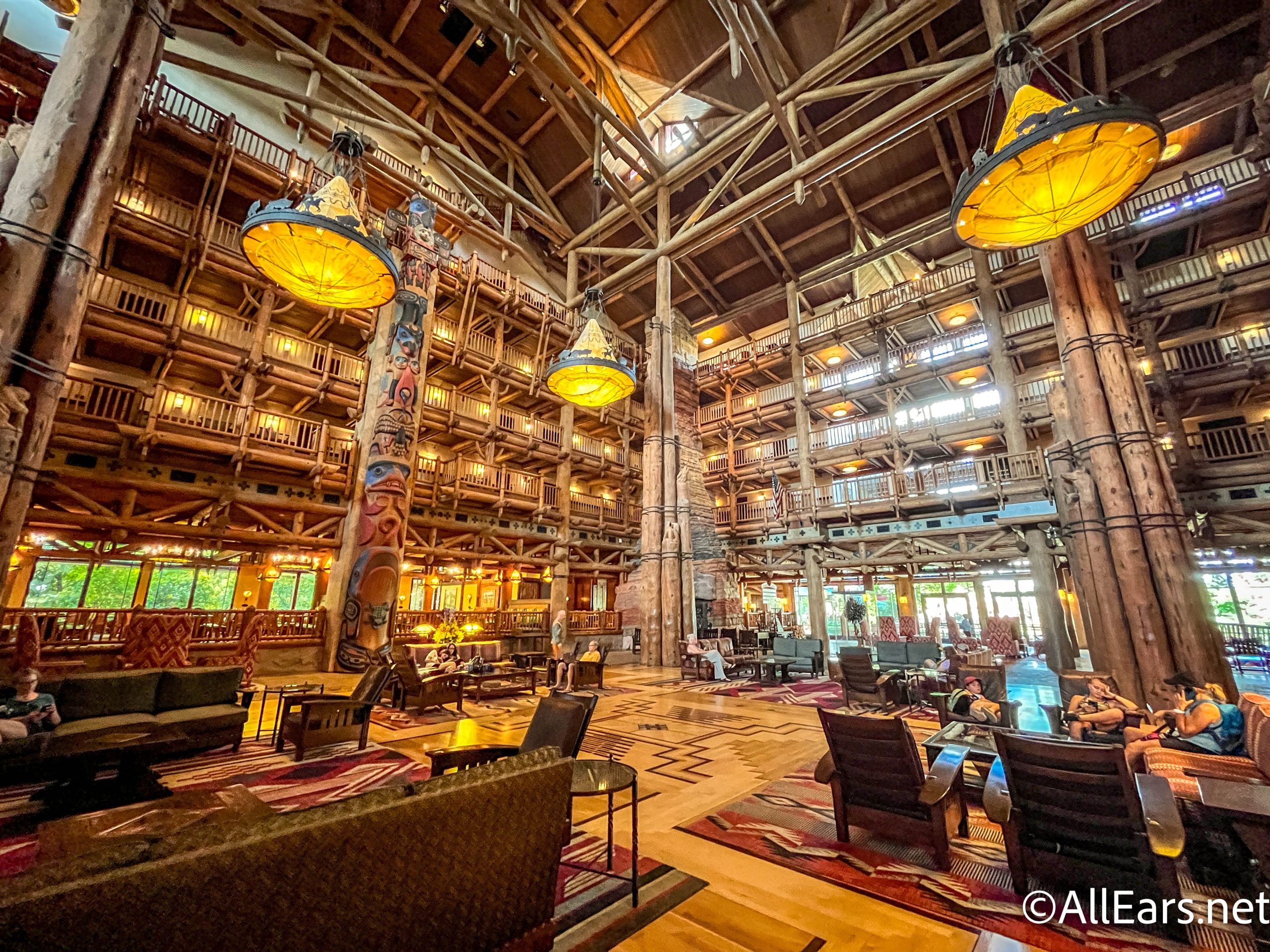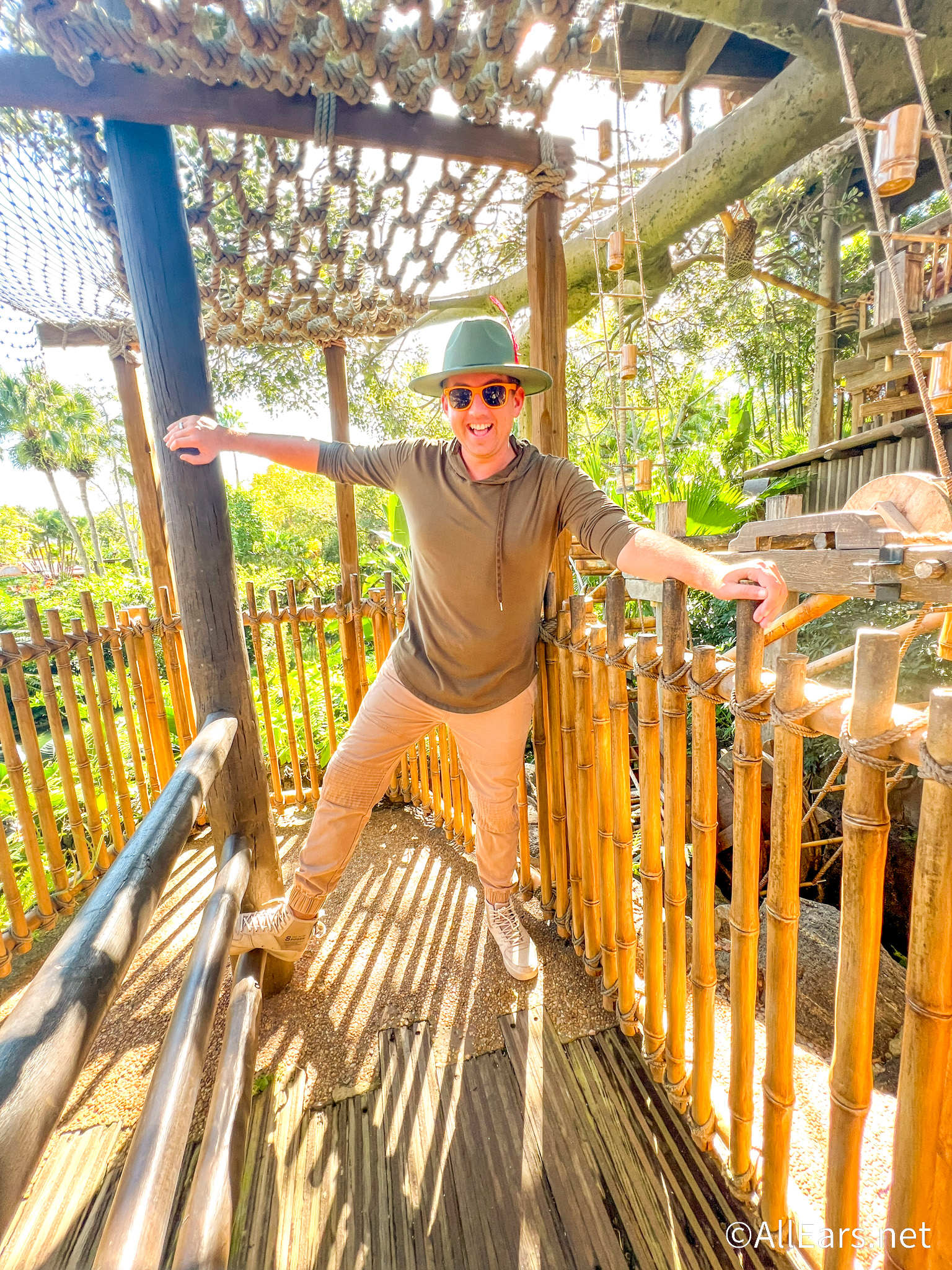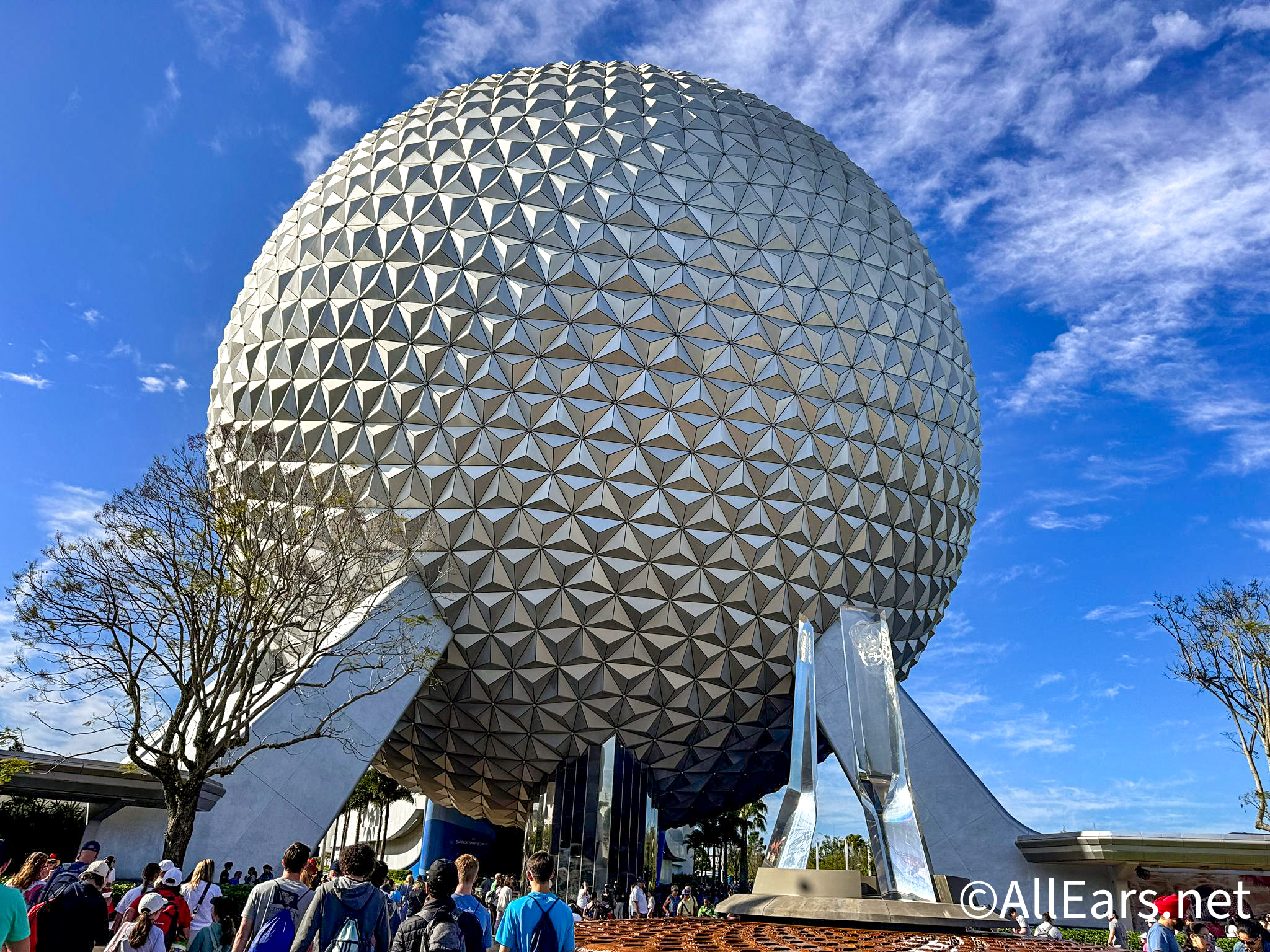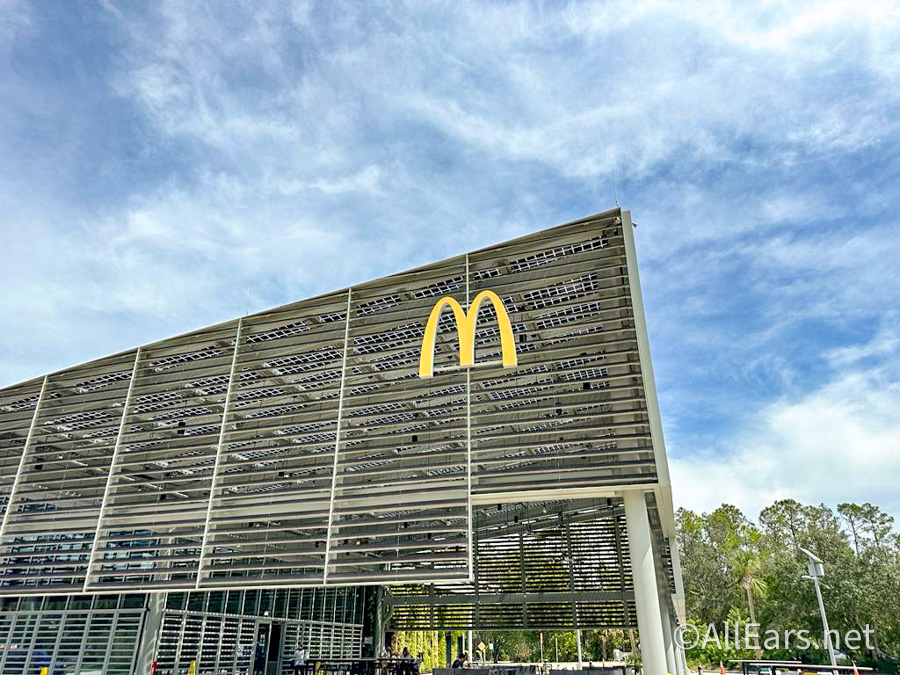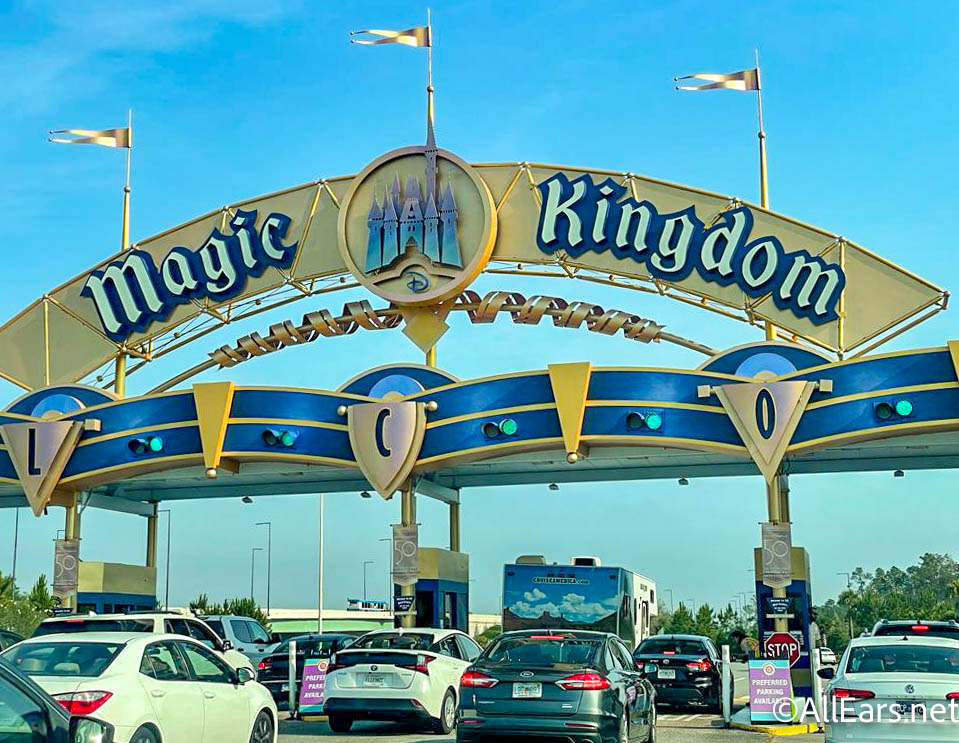WDW Chronicles: A Tip of the Sorcerer’s Hat
by Jim Korkis
Disney Historian
Feature Article
This article appeared in the January 6, 2015 Issue #798 of ALL EARS® (ISSN: 1533-0753)
Editor's Note: This story/information was accurate when it was published. Please be sure to confirm all current rates, information and other details before planning your trip.
The enormous iconic hat at the end of Hollywood Boulevard at Disney's Hollywood Studios will soon tip its brim for a final time (if it hasn't already, by the time you read this) as it moves backstage and out of the spotlight. A new version of this familiar sight may appear at another location somewhere at the park later, but Disney has not announced that news at this time. The hat was taken off maps and brochures in early October.
According to the Associated Press release on October 25, 2014: "The sorcerer's hat is coming down at Disney's Hollywood Studios. Disney officials say the giant blue sorcerer's hat display will be replaced in 2015.
"The hat greeted fans who entered the park and was inspired by a story in the classic 1940 Disney film "Fantasia," in which sorcerer apprentice Mickey Mouse steals the hat and disaster ensues. Disney unveiled the hat in 2001 as the icon for the park in honor of the 100th anniversary of Walt Disney's birthday."
On October 1, 2001, Walt Disney Worldbegan the 17-month "100 Years of Magic" celebration to commemorate the birth of its visionary founder, Walt Disney. An amazing exhibit titled "Walt Disney: One Man's Dream" opened at what was then called Disney-MGM Studios. It took guests on a journey through the life of Disney, who was born on December 5, 1901, and included rare artifacts.
However, the centerpiece for the celebration was the "temporary" Sorcerer's Hat icon built in the middle of the theme park, which obscured the iconic facade of the Chinese Theater. The hat represented "the magic of show business and the entertainment wizardry of Disney," according to Disney publicity materials in June 2001.
"With a message under its brim, the park's new icon also alerts guests that Disney-MGM Studios is the center of Disney's property-wide 100 Years of Magic celebration of Walt Disney's legacy of innovation, imagination and family entertainment," continued the news release.
Several different versions of the hat were considered. One version would have been placed outside the park entrance. It was to have been so tall (more than twice its current height) that guests would have been able to see it clearly from the far end of the parking lot. Another version would have had Mickey's ears as working ferris wheels, with the hat as the entrance to the attraction.
The hat also was considered as the building to house the One Man's Dream attraction, a concept that was abandoned when it was determined it would be more cost-effective to convert an existing building.
Since Disney-MGM Studios park was to represent the Golden Age of Hollywood from the 1930s and 1940s, it was suitable to use the Sorcerer Hat, which appeared in the movie Fantasia, released in 1940.
Surprisingly, it never seemed to occur to The Walt Disney Company that the character of the film's sorcerer, Yensid (Disney spelled backwards), was based on Walt Disney himself, right up to his famous arched eyebrow. That made using the famous Sorcerer's Hat even more of a tribute to Walt's birthday — it was figuratively Walt's magical hat that had been borrowed by his alter ego, Mickey Mouse.
For the actual filming of the animated classic, a well-known silent film star, Nigel de Brulier, was brought in to provide live-action reference footage for the character of the sorcerer.Disney writer Carl Fallberg went to the famous Hollywood costume rental house, Western Costume, to find the appropriate robe and pointed hat for the performer to wear during the shooting.Fallberg had to paste white stars and crescent moons onto the hat to get the look he wanted. Prominent images of Fantasia, including a statue of Mickey attired in his costume from the film, had been used in one of the merchandise shops on Hollywood Boulevard since opening day. In addition, from 1990-98, a 55-foot-tall inflatable Sorcerer Mickey rose up from behind the Chinese Theater as part of the finale for the Sorcery in the Sky fireworks show.
Before installing the hat structure in Florida, The Walt Disney Company had already built several other structures in the shape of the famous hat. For the new Disney Feature Animation building in 1995 at the Disney Studios in Burbank, California, architect Robert A.M. Stern created a Sorcerer's Hat as the entrance (with the late Roy E. Disney's office up high inside the cone).
Downtown Disney at Disneyland was built in 1999, with the entrance to the hotels featuring an image of the Sorcerer's Hat.
When the Art of Disney Animation building opened in 2002 at Disneyland Paris, yet another Sorcerer's Hat was on the building.
Since its introduction on September 28, 2001, the Sorcerer Hat at Disney's Hollywood Studios has been the subject of continuing controversy. Some guests felt it was wildly out of proportion to the rest of the area, ruined the pattern of the overhead "hidden Mickey" in the courtyard,did not fit in with the old Hollywood architectural designs of the area and completely blocked the view of the Chinese Theater.
While both the public and cast members were assured that the structure was merely temporary for the length of the celebration, suspicions were aroused by the deep holes filled with steel and concrete to support the hat. In fact, the amount of concrete poured for the foundation would have filled a football field one-foot deep, according to Disney publicity.
However, the company had a plan. It was apparent that Studios needed a clear icon to identify the park on merchandise and marketing materials. The Magic Kingdom had Cinderella Castle. Epcot had Spaceship Earth. Disney's Animal Kingdom had the Tree of Life.
When Disney-MGM Studios opened in 1989, Disney tried to use the Mickey Mouse-eared water tower (the Earful Tower) as its brand, since Hollywood movie studios like Warner Brothers were often known for their prominent water towers. However, the Disney water tower could only be seen clearly on the backstage tour and regular guests did not make the movie studio connection.
The Chinese Theater became the default icon for many guests. However, the Chinese Theater, whose facade is an exact replica of the famous Grauman's Chinese Theater in Hollywood, had its own long and colorful history and could not be trademarked by Disney. In addition, Disney rarely, if ever, referred to the building as the Chinese Theater in any official publicity or signage, but merely by the name of the attraction, The Great Movie Ride.
Disney-MGM Studios had been open for 12 years before the placement of the "temporary" hat. The hat survived more than 13 years, so many guests have only visited the park while the hat was in place and have only seen the original intended view in vintage photos.
Here are the official figures for the composite fiberglass hat when it was originally constructed. It took roughly nine months to build.
-
Hat Height — The hat itself is 100 feet tall. Since it is resting atop the ears and canted to the side, the summit of the icon is 122 feet.
-
Icon Weight – 156 tons
-
Hat Weight (the brim and hat only, excluding the ears and support structure) – 27 tons
-
Hat Size (as wardrobe) – The hat is a size 605 and 7/8
-
Mickey Size (if he were to wear it) – For a proportional perspective, Mickey, wearing this hat, would be 350 feet tall. (Based on scaling the real-life costumed characters in the park.)
-
Hat Paint (Chameleon Paint) – The hat is painted with a custom paint technique called "chameleon paint" that causes the hat to shift in color as guests move closer and around it. Disney used enough of this "automotive type paint" to cover 500 Cadillacs.
-
Mickey Ears (Light Ribbon) – The faces of the ears were new special effect called "Light Ribbons" (by Walt Disney Imagineering).
-
The ears appear to change colors, surface shapes and sparkle with internal pixie dust lighting.
-
91 panels for the hat
-
18 sections for the brim
-
18 spirals
-
6 stars
-
2 moons
-
13 total air vents
-
13,493 bolts holding the hat together
-
26,986 washers
-
17,000 feet (or 57 football fields) of underground utility piping
-
Hat interior space = 59,458 cubic feet
-
Hat can hold 444,744 gallons of water
-
Ring Beam = 56-1/2 feet in diameter
During the 100 Years of Magic celebration, there were interactive kiosks located underneath the hat where guests were encouraged to learn more about the life and career of Walt Disney. After the celebration, the kiosks were removed and the area was converted into a pin-selling location since the retail division of the Disney Company had shouldered the cost for building it in the first place.
On April 11, 2003,a new sculpture, replacing the "100 Years of Magic" Celebration logo under the Sorcerer Mickey Icon debuted. This permanent sculpture featured gold ribbons decorated with silver stars and is located adjacent to a merchandise venue under the Sorcerer Mickey Hat Icon.
In January 2009, the hat underwent a repainting to brighten the colors.
The removal of the hat from its current location could mean that further as-yet unannounced construction activity may happen in the nearby area shortly. Some Disney fans have complained about the disappearance of the hat, but, love it or not, for more than a decade this icon greeted millions of visitors to one of Disney's most intimate parks and was a reminder of one of Walt Disney's cinematic masterpieces.
= = = = = = = = = = = = =
RELATED LINKS
= = = = = = = = = = = = =
Disney Confirms Sorcerer's Hat is History
Other features from the Walt Disney World Chronicles series by Jim Korkis can be found in the AllEars® Archives.
Jim also writes for the AllEars® Guest Blog, contributing entries under the heading of "Jim's Attic."
-=-=-=-=-=-=-=-=-=-=-
Disney Historian and regular AllEars® Columnist Jim Korkis has written hundreds of articles about all things Disney for more than three decades. As a former Walt Disney World cast member, his skills and historical knowledge were utilized by Disney Entertainment, Imagineering, Disney Design Group, Yellow Shoes Marketing, Disney Cruise Line, Disney Feature Animation Florida, Disney Institute, WDW Travel Company, Disney Vacation Club and many other departments.
He is the author of several books, available in both paperback and Kindle versions. You can purchase them via our AllEars.Net Amazon.com store HERE.
-o-o-o-o-o-o-o-o-o-o-o-
Editor's Note: This story/information was accurate when it was published. Please be sure to confirm all current rates, information and other details before planning your trip.

